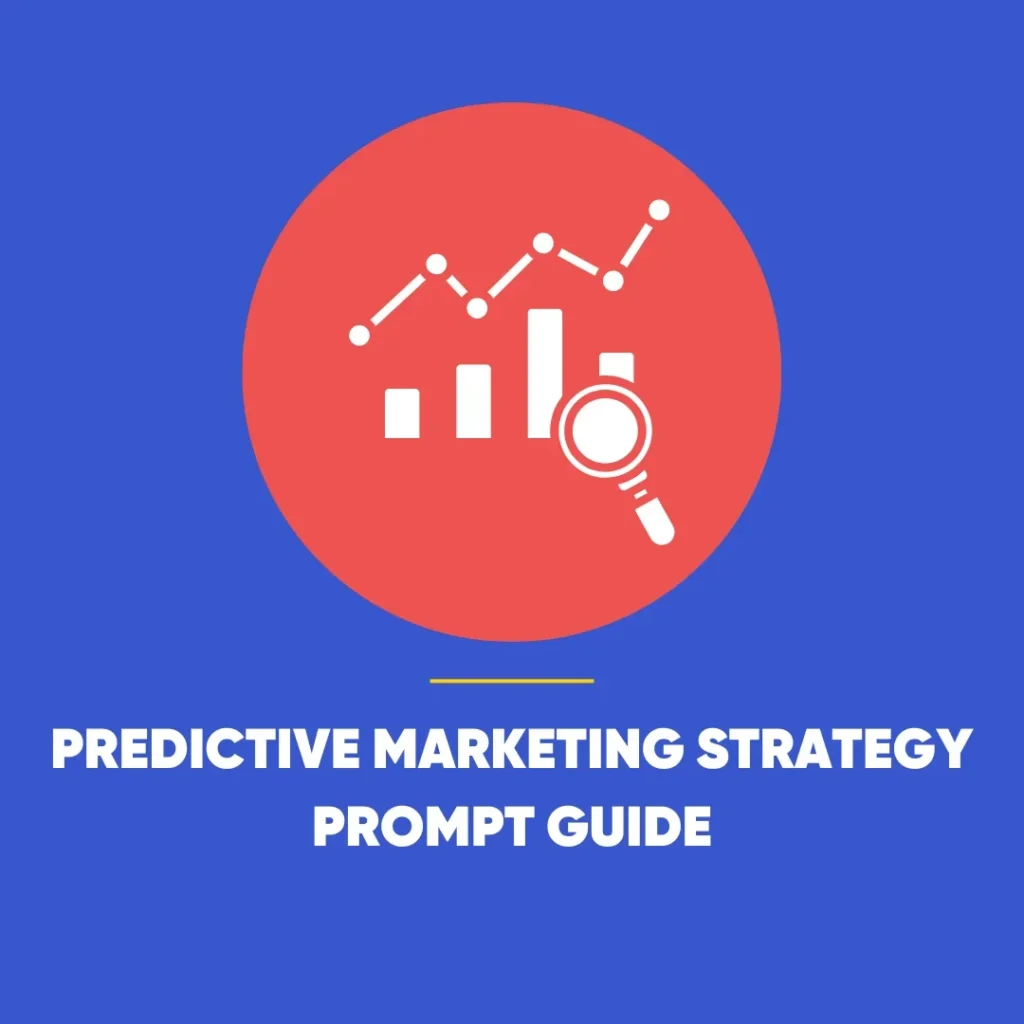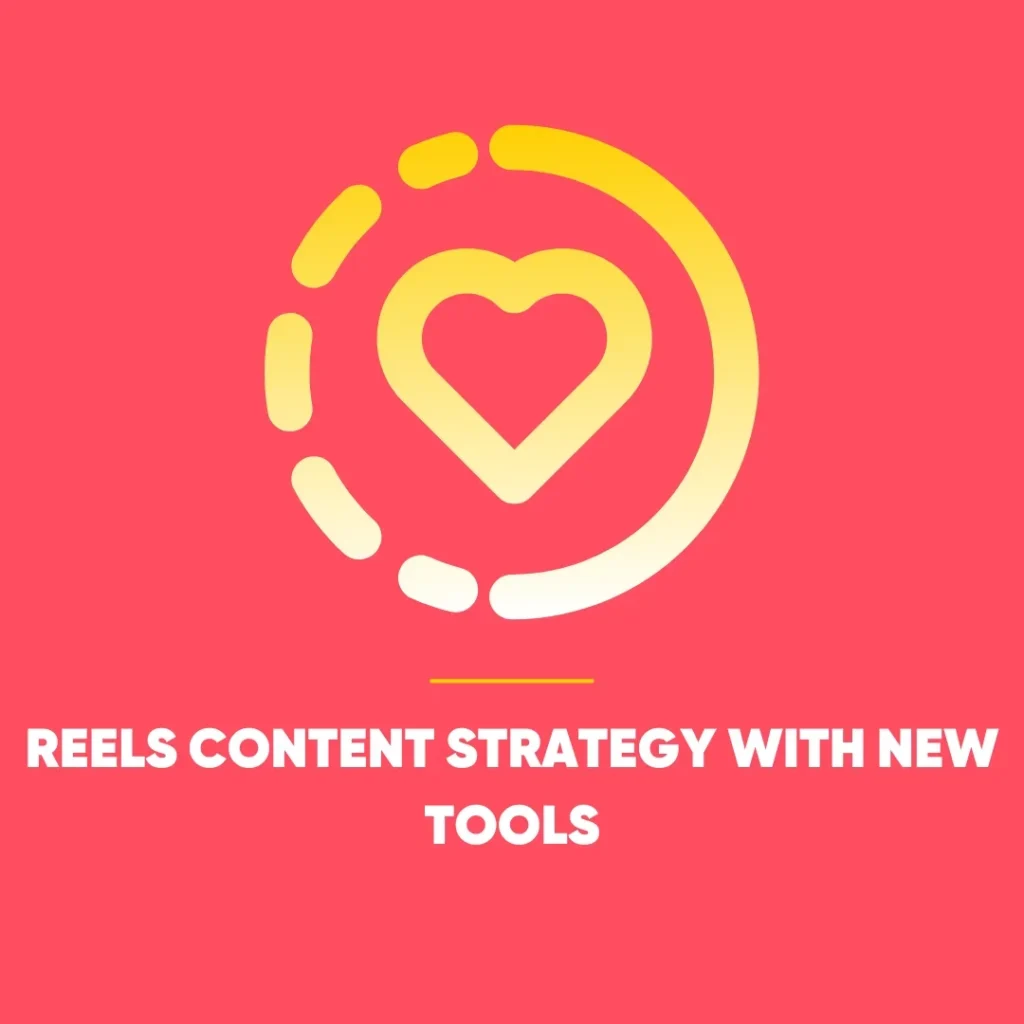Content Marketing Plan for Related Ideas
One proven way to develop such ecosystems is by finding and creating related content that supports your main topics. Not only does this help boost visibility in search engines, but it also encourages longer on-site engagement and a better user experience.
Here’s a practical, step-by-step guide to discovering related content ideas that can supercharge your content strategy.
Why Related Content Matters: Content Marketing Plan
 Before diving into methods, it’s important to understand the role related content plays in content marketing.
Before diving into methods, it’s important to understand the role related content plays in content marketing.
Builds Topical Authority
Search engines are constantly evolving, and one thing they increasingly reward is depth. Sites that cover a topic extensively, across several interlinked articles, tend to perform better than those with scattered or thin content.
By producing multiple articles around a core subject, you’re showing search engines that your website is an authoritative resource.
Enhances Internal Linking
Related content provides natural opportunities for internal linking. Linking between relevant articles not only improves user experience by guiding readers to more information, but it also helps search engines better understand your site’s structure and content relationships.
Meets Varied Search Intent
Clearly, every content marketing plan must account for how people search differently and consume information in various formats. For instance, some seek how-to guides, while others prefer comparisons, FAQs, trends, or case studies. As a result, exploring related topics helps address varied audience intent and capture more traffic across multiple touchpoints.
Seven Effective Ways to Find Related Content Ideas
1. Use Google’s Autocomplete and Related Searches
To begin with, one of the simplest ways to find related content ideas is by using Google’s search features. Next, start typing a keyword into the search bar and you’ll notice autocomplete suggestions driven by popular search trends.
After you run the search, scroll to the bottom of the results page to find “related searches.” These are goldmines for article ideas. For example, if you type in “vegan recipes,” related searches might include “high-protein vegan recipes” or “easy vegan dinners.”
Each suggestion can serve as the basis for a new, targeted article that builds out your content cluster.
2. Dive into ‘People Also Ask’ Boxes
Another useful tool for your content marketing plan is Google’s “People Also Ask” box, revealing common user questions. These are expandable sections within search results that list common questions related to your original query.
Once clicked, one question reveals an answer and often prompts additional related questions for deeper exploration. Consequently, this tool can help you develop detailed FAQ sections or even full-length articles around each common query.
It’s a brilliant way to tap into the real questions your audience wants answered – perfect for enhancing relevance and engagement.
3. Analyse Your Competitors
Once clicked, one question reveals an answer and often prompts additional related questions for deeper exploration. Consequently, this tool can help you develop detailed FAQ sections or even full-length articles around each common query.
Pay special attention to:
- Recurring themes or categories.
- Articles that attract high engagement.
- Gaps they’ve missed that you could fill.
The goal here isn’t to copy – but to better understand the landscape and look for ways to add value or go deeper.
4. Use Keyword Tools to Expand Topic Families
Keyword research tools don’t just show you high-volume phrases – they can also reveal semantically related terms. Tools like Google Keyword Planner, Ubersuggest, and AnswerThePublic allow you to explore questions, comparisons, and trends tied to your main keyword.
For example, searching for “digital marketing” might return related terms like “email automation,” “influencer outreach,” or “content calendars.” Furthermore, these aren’t duplicates – they’re adjacent content themes you can cover to build depth and variety.
To keep a clear topical focus, group related ideas under one theme as part of your content marketing plan.
5. Monitor Internal Site Search Data
If your website has a built-in search function, make use of the data it generates. The terms people search for while already on your site offer clear insights into what your audience wants but may not be finding.
These gaps can point to:
- Missing content opportunities.
- Outdated articles needing an update.
- Strong demand for subtopics not yet covered.
This is especially useful for eCommerce sites, blogs with growing traffic, and content-heavy platforms.
6. Use Forums and Social Platforms
Online communities often reveal what your audience is talking about long before those topics hit mainstream blogs. Reddit, Quora, Facebook groups, and even X (formerly Twitter) threads are valuable sources of real, unscripted conversations.
You can search for your topic or explore niche communities (subreddits, for example) to uncover recurring questions, frustrations, and needs. If people are asking the same question over and over, there’s a good chance content answering that query would perform well.
These platforms are particularly good at helping you find angles and language that resonate with real people – not just search bots.
7. Build a Visual Content Map
Once you’ve gathered related ideas, the next step in your content marketing plan is organising them into a logical structure. For example, one effective method is creating a visual content map – a spider diagram linking core topics with subtopics and details.
For example:
Main Topic: Email Marketing
→ Getting Started with Email Campaigns
→ How to Write Subject Lines That Convert
→ Best Time to Send Emails
→ A/B Testing Email Campaigns
→ Common Email Marketing Mistakes
This approach helps you:
- Avoid overlap.
- Spot missing pieces.
- Plan internal links in advance.
It also keeps your content production focused and efficient.
Putting It All Together: A Content Clustering Strategy
 Now that you’ve identified a range of related ideas, the next step is to use them to strengthen your site’s authority through a content clustering approach.
Now that you’ve identified a range of related ideas, the next step is to use them to strengthen your site’s authority through a content clustering approach.
What is a Content Cluster?
A strong content marketing plan often includes a content cluster – related articles that all link back to one main pillar piece. That pillar covers the main topic broadly, while the supporting posts dig deeper into subtopics.
Benefits include:
- Improved SEO performance.
- Enhanced reader navigation.
- Stronger internal link structure.
How to Implement It
- Choose your main topic.
- Write a comprehensive pillar post.
- Create and publish related articles.
- Link from each supporting article back to the pillar – and between each other where relevant.
- Regularly update and expand the cluster as new related ideas arise.
Final Thoughts: Content Marketing Plan
Finding and developing related content is a strategic move that offers long-term benefits for search visibility, audience engagement, and brand authority. By exploring what your audience is curious about – whether through Google features, social platforms, internal data or keyword tools – you can create a web of useful content that supports and strengthens your core messaging.
However, the most successful content creators aren’t just publishing – they’re building interconnected ecosystems of value. All in all, that all begins with understanding how every piece of content fits and connects.









